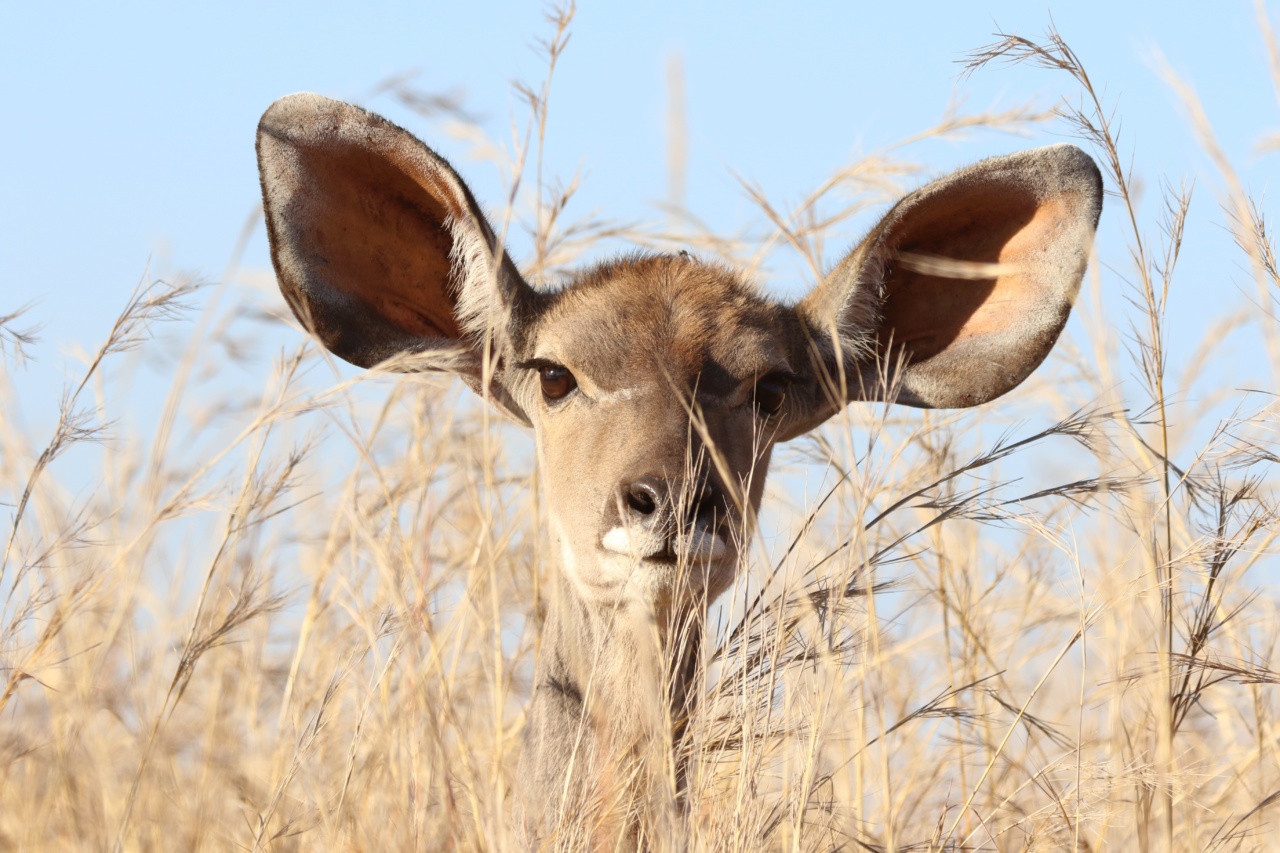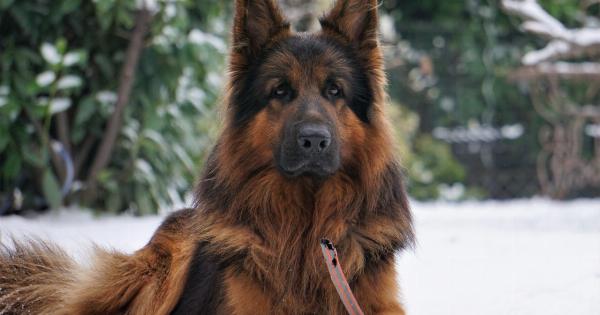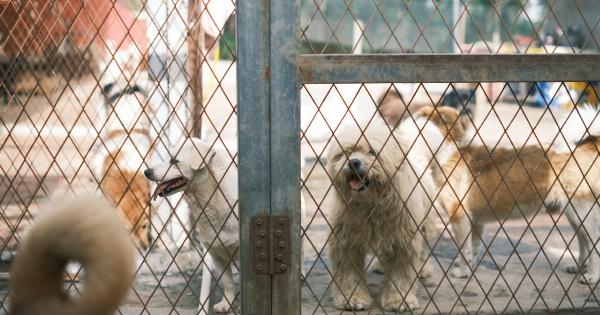Dogs, like humans, can experience anxiety in various situations. It is important for dog owners to be aware of the signs and signals that indicate their furry friend may be feeling anxious.
By learning to recognize these signals, dog owners can provide the necessary support and help alleviate their dog’s anxiety. In this article, we will discuss the common signs of anxiety in dogs and how to address them.
1. Excessive Barking or Whining
If your dog starts barking or whining more than usual, it could be a sign of anxiety. Anxious dogs may use excessive vocalization as a way to express their discomfort or seek attention.
Pay attention to the context of their barking or whining to determine if it is anxiety-related.
2. Pacing or Restlessness
Restlessness and pacing can be another indication that your dog is feeling anxious. They may have trouble settling down or constantly move around the house. This behavior can be a result of feeling uneasy or trying to find a sense of comfort.
3. Shaking or Trembling
One of the visible signs of anxiety in dogs is shaking or trembling. If your dog starts shaking even when there is no apparent reason such as cold weather, it might indicate anxiety.
The trembling can be mild or more pronounced, depending on the severity of the anxiety.
4. Excessive Licking or Chewing
Dogs often lick or chew themselves as a self-soothing mechanism. Excessive licking or chewing, especially on specific body parts, can be a sign of anxiety.
If you notice your dog excessively licking their paws, legs, or tail, it’s worth investigating the underlying cause of their anxiety.
5. Avoidance or Hiding
Some dogs may choose to hide or avoid certain situations or people when they are feeling anxious. They may seek out secluded areas in the house or hide behind furniture.
This avoidance behavior is their way of finding solace and distancing themselves from perceived threats or stressors.
6. Destructive Behavior
Anxious dogs may exhibit destructive behavior as a way to release their anxiety. They may chew furniture, tear apart household items, or dig holes in the yard.
This behavior not only indicates anxiety but can also be dangerous for the dog and cause damage to your belongings.
7. Changes in Appetite
Anxiety can also affect a dog’s appetite. Some dogs may lose interest in food, resulting in decreased appetite and weight loss. On the other hand, some dogs may develop stress-induced eating habits and overeat as a coping mechanism.
Any significant changes in your dog’s eating habits should be monitored closely.
8. Excessive Panting
If your dog starts panting excessively for no apparent reason, it could be a sign of anxiety. Panting is a common response to stress or anxiety in dogs.
While panting can also be caused by physical exertion or hot weather, it’s important to consider the context and other accompanying signs before ruling out anxiety.
9. Changes in Body Language
Observing your dog’s body language can provide valuable insights into their emotional state. Anxious dogs may display signs such as cowering, tucking their tail between their legs, or having a tense posture.
They may also avoid eye contact or keep their head lowered. It is crucial to recognize and respect these signals from your dog.
10. Changes in Sleeping Patterns
Anxiety can affect a dog’s sleep patterns. They may have trouble falling asleep or constantly wake up during the night. Some dogs may appear restless or have difficulty finding a comfortable sleeping position.
Monitoring their sleep patterns can give you an indication of their anxiety levels.
Addressing Your Dog’s Anxiety
If you notice any of these signs of anxiety in your dog, it’s important to address the issue and provide support. Here are some ways to help anxious dogs:.
1. Create a Safe and Calm Environment
Ensure that your dog’s living environment is calm and free from potential stressors. Provide a comfortable and secure space where they can retreat if they feel anxious.
Consider using calming aids such as music designed for dogs or pheromone diffusers.
2. Stick to a Routine
Dogs thrive on routine, and it can help reduce anxiety. Establish a consistent daily routine for feeding, exercise, and playtime. Predictability can provide a sense of security for your dog and minimize anxiety triggers.
3. Provide Mental and Physical Stimulation
Engaging your dog in mentally stimulating activities, such as puzzle toys or obedience training, can help redirect their focus and alleviate anxiety. Regular exercise is also crucial for releasing pent-up energy and promoting overall well-being.
4. Use Positive Reinforcement
Positive reinforcement training techniques can help build your dog’s confidence and reduce anxiety. Reward good behavior with treats or praise, and avoid punishment-based training methods.
A confident and well-trained dog is less likely to experience anxiety.
5. Consult a Professional
If your dog’s anxiety persists or worsens despite your efforts, consider consulting a professional dog trainer or a veterinarian with experience in behavior.
They can provide tailored advice and recommend appropriate interventions or medications if necessary.
Remember, every dog is unique, and what works for one may not work for another. Patience, understanding, and empathy are key when dealing with an anxious dog.
With the right support and care, you can help your furry friend overcome their anxiety and lead a happier, more relaxed life.


























